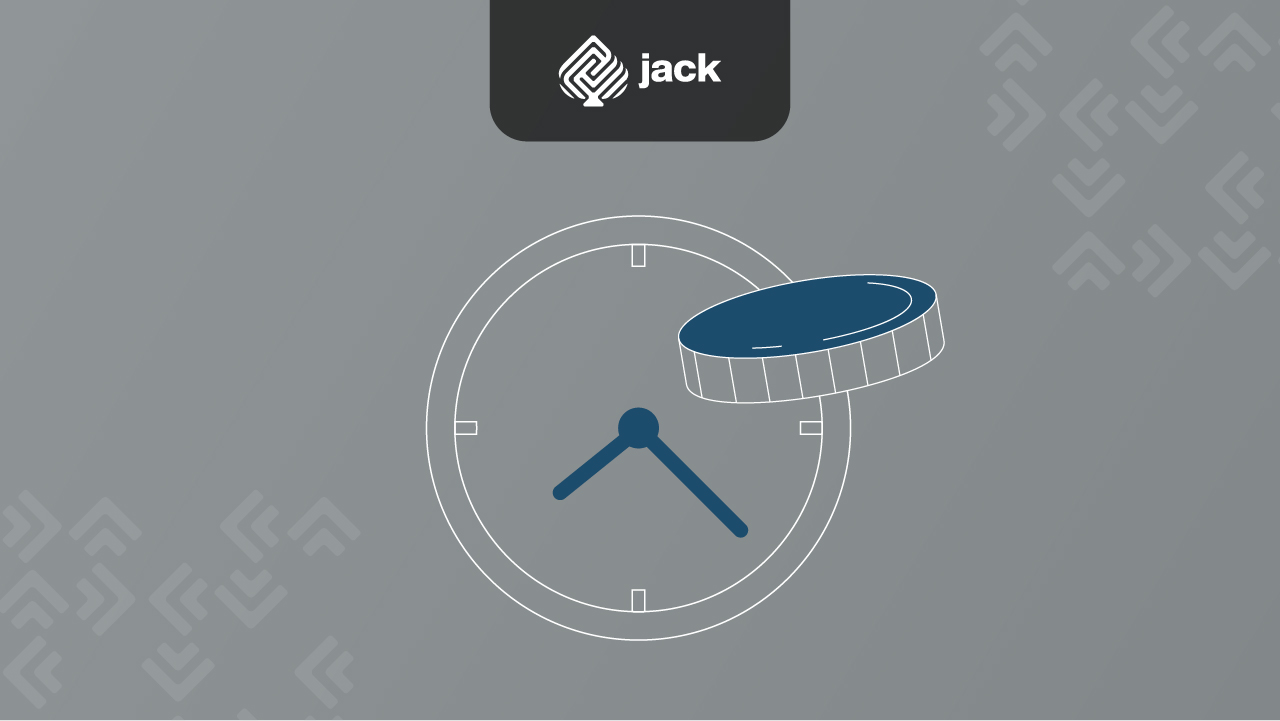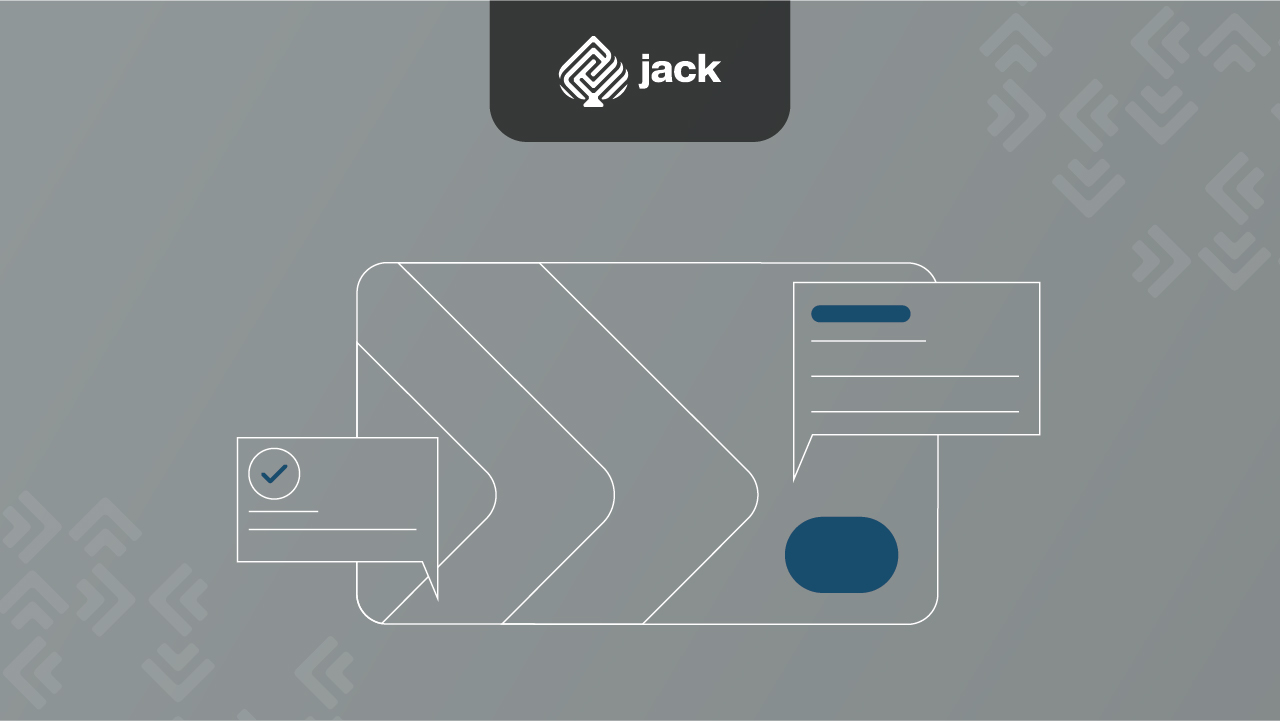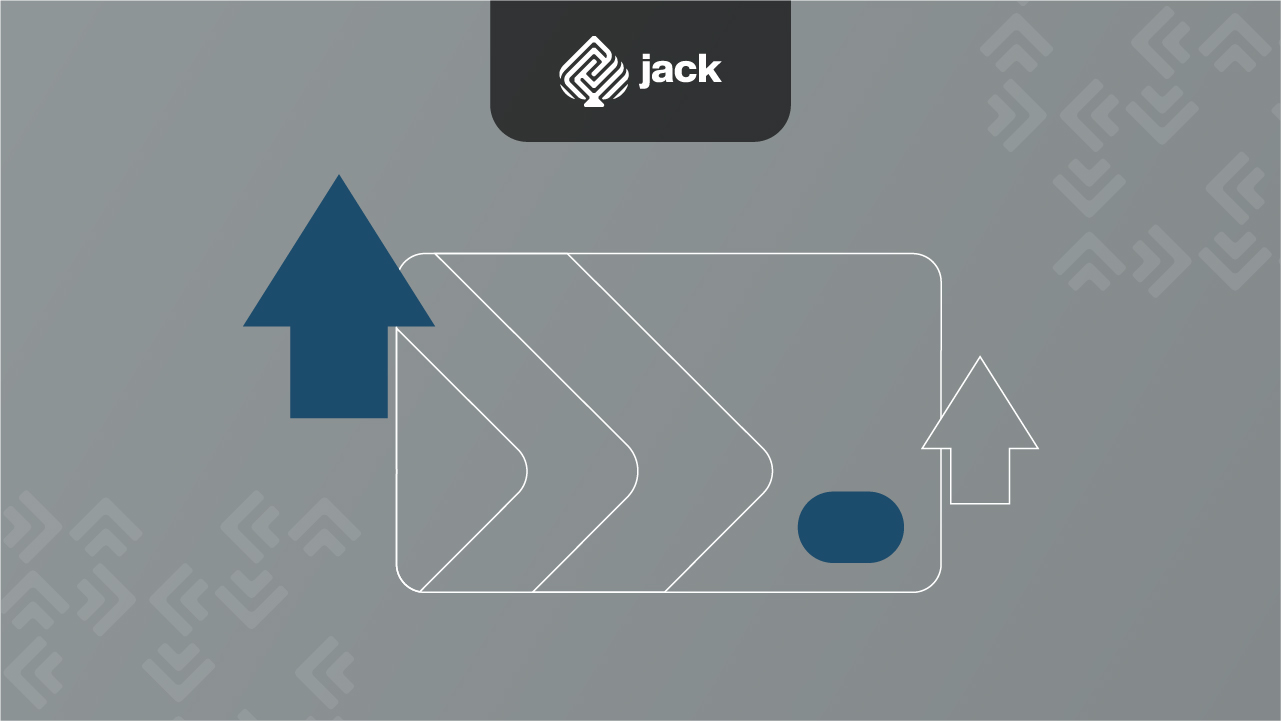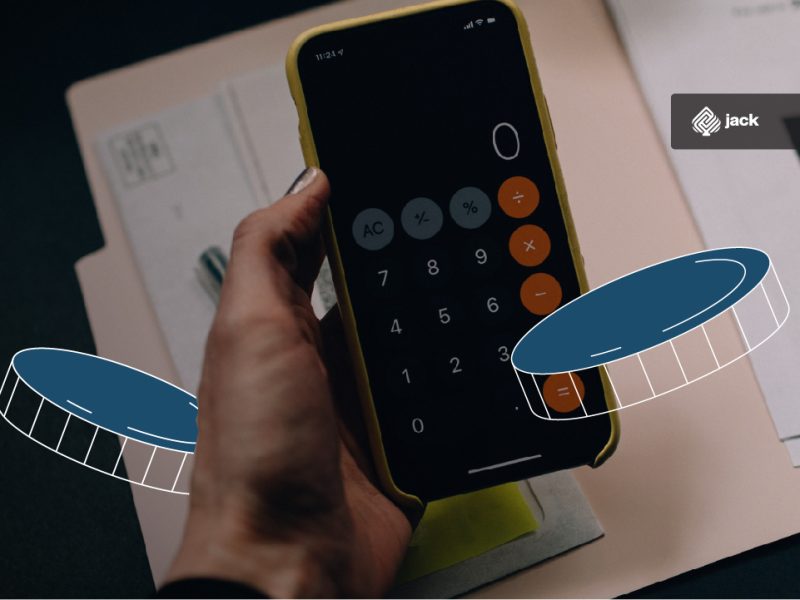When it comes to the world of receivables, it can be a lengthy discussion. Especially considering that there are various types of receivables, one of which is contingent receivables. For those who are unfamiliar, contingent receivables fall under the category of contingent liabilities.
In the field of accounting, contingent receivables are quite common, particularly in business. Understanding what contingent receivables are, their types and their characteristics is essential. Let’s explore them in detail below.
Definition of Contingent Receivables

As mentioned earlier, contingent receivables are derived from the term “contingent liabilities.” It refers to a debt that, as of the balance sheet date, is uncertain whether it will become an obligation or not. Such debts arise from past activities.
To determine whether a debt is a contingent liability or an estimated liability, the key factor is the certainty of the obligation. If the obligation to pay is certain but the amount is uncertain, then it is an estimated liability.
Read Also: Easier, Automatic, and Real-Time Transactions with API Disbursement
However, if the obligation to pay is still uncertain, whether the amount is likely to be certain or uncertain, then such debts fall into the category of contingent receivables.
Therefore, the difference between estimated liabilities and contingent liabilities lies in the certainty of the obligation to pay, not the certainty of the amount.
Definition of Contingent Receivables according to PSAK 57 Par 27 (b)Referring to PSAK 57 Par 27 (b), contingent receivables are liabilities arising from past events. However, they are not recognized due to the following factors:
- It is probable that no outflow of economic benefits from the entity will be required to settle the obligation.
- The amount of the obligation cannot be reliably measured.
Types of Contingent Receivables

In general, contingent receivables will appear in the financial balance sheet report at the end of a period. The purpose is to identify the company’s financial condition during that period.
Contingent receivables are typically located in the annual financial statements. They can be found on the right side alongside equity. The recording of these receivables follows a predetermined order.
Here are two types of contingent receivables that need to be understood in a company’s financial statements.
1. Long-Term Contingent Receivables
The first type is of a long-term nature, meaning the payment of the obligation is expected to extend beyond one year.
Examples of long-term contingent receivables include mortgages, bond obligations, and cash loans.
2. Short-Term Liability
The second type is short-term in nature. This type of contingent receivables is also referred to as current receivables. It refers to obligations that are expected to be settled within a period of not more than one year. Here are some examples of current receivables:
- Sales tax payable. This represents the accumulated sales tax collected from customers and held until the due date before being paid to the tax authority.
- Income tax payable. Many companies withhold income tax from employee salaries. These withholdings are accumulated and held until they are remitted to the tax authority.
- Mortgage debt and cash loans. If these debts were previously categorized as long-term contingent receivables, they now also exist as examples of short-term receivables. This occurs when payments are made in monthly installments, allowing the repayment to be completed within 12 months. Therefore, they can be classified as short-term receivables.
In addition to the above two types of contingent receivables, there is another category called equity. Equity can be classified as a type of liability because it arises from the difference between assets and existing liabilities.
See Also: Corporate Credit Card: Definition, Types, Benefits, and How Cards Work for Startups
Equity falls under the category of contingent liabilities. This means that the existence of the obligation depends on future events. As a result, the maturity date of this type of receivable cannot be predicted. Moreover, not many businesses take on this type of contingent receivables. Examples include warranties for products, legal claims, and others.
Components of Contingent Receivables

The following are some components that fall under contingent receivables:
1. Discounted Promissory Notes and Secured Receivables
Promissory notes or trade bills are written promises made by customers to pay a specified amount plus interest at an agreed-upon rate. Discount represents the interest deducted from the maturity value of the promissory note.
This component is usually applied when the maker of the note fails to pay it on the due date. In such cases, the party that discounted the note assumes the responsibility to pay it.
2. Conditional Endorsements on Promissory Notes
Conditional endorsements involve endorsing a negotiable instrument with the term “without recourse,” indicating that the endorser is not responsible for payment in case the issuer defaults (qualified endorsement).
3. Legal Disputes
Legal disputes arise when a country bases its dispute on claims arising from provisions of an agreement or recognized by international law.
In addition to these three points, other common components of contingent receivables include:
- Uncertain additional taxes
- Guarantees against subsidiary debts
- Warranties against price reductions for goods sold
- Contingent liabilities on the balance sheet, which may be disclosed in footnotes or reported under separate headings but are not included in the total of other liability types.
Use Jack for your business needs
That concludes the definition of contingent receivables, including their types and components. From the above explanation, we can see that there are still many types of receivables that can be further explored. Hopefully, the provided information is beneficial to all readers.






